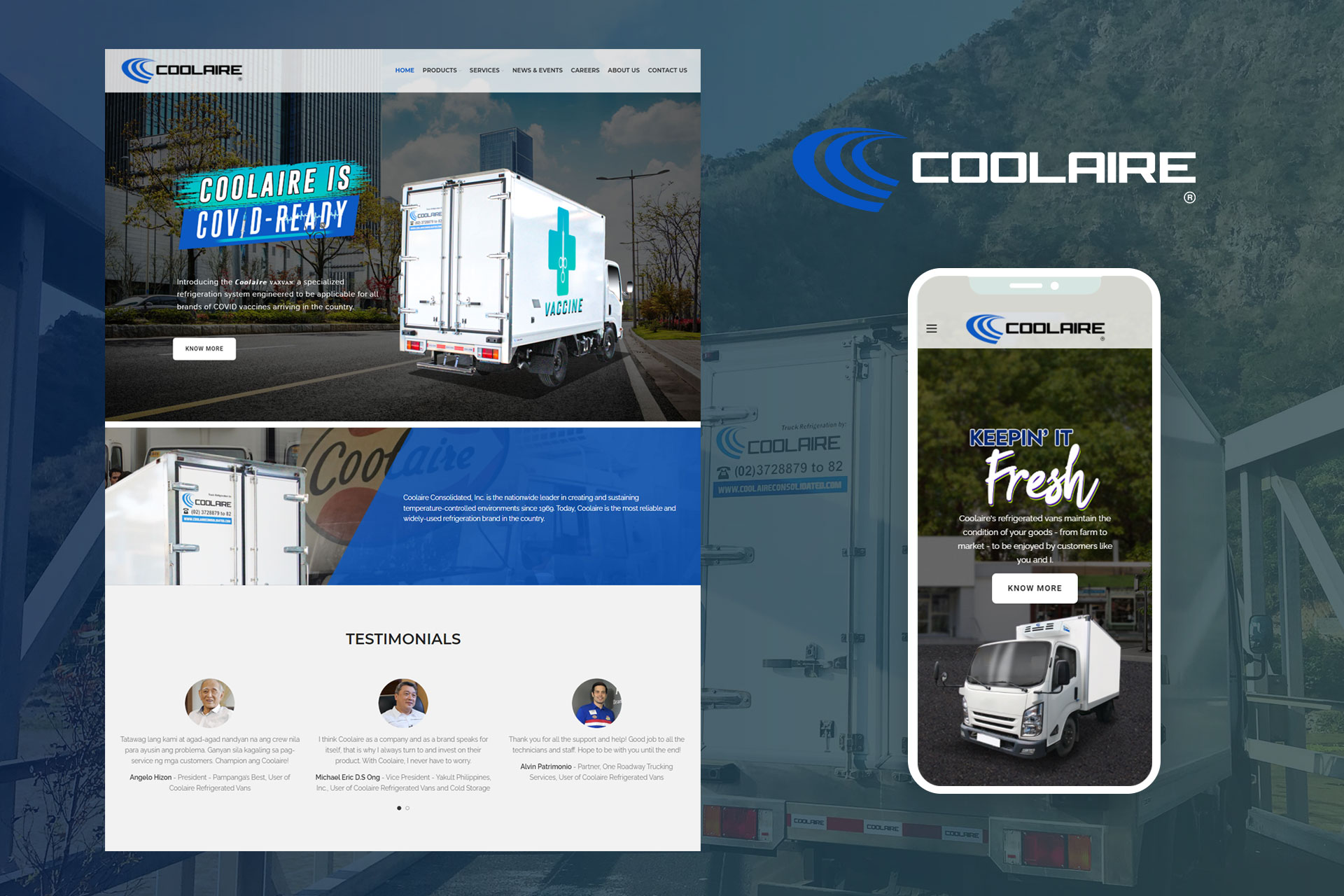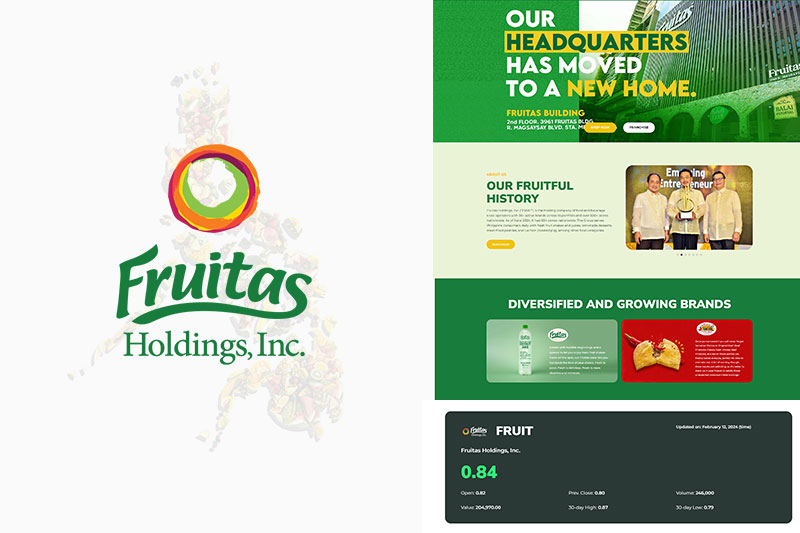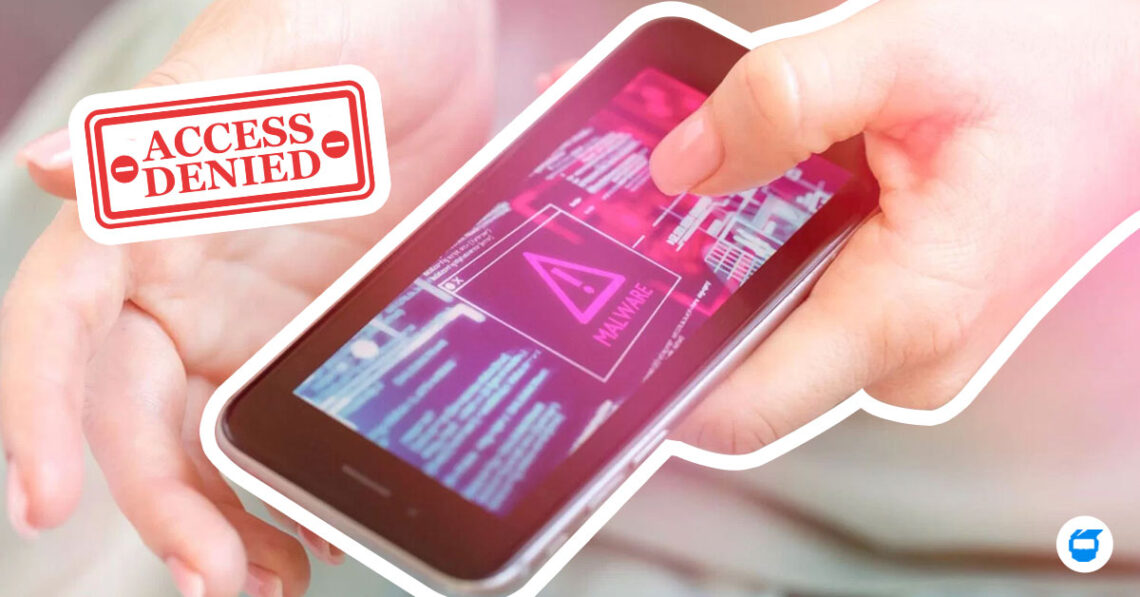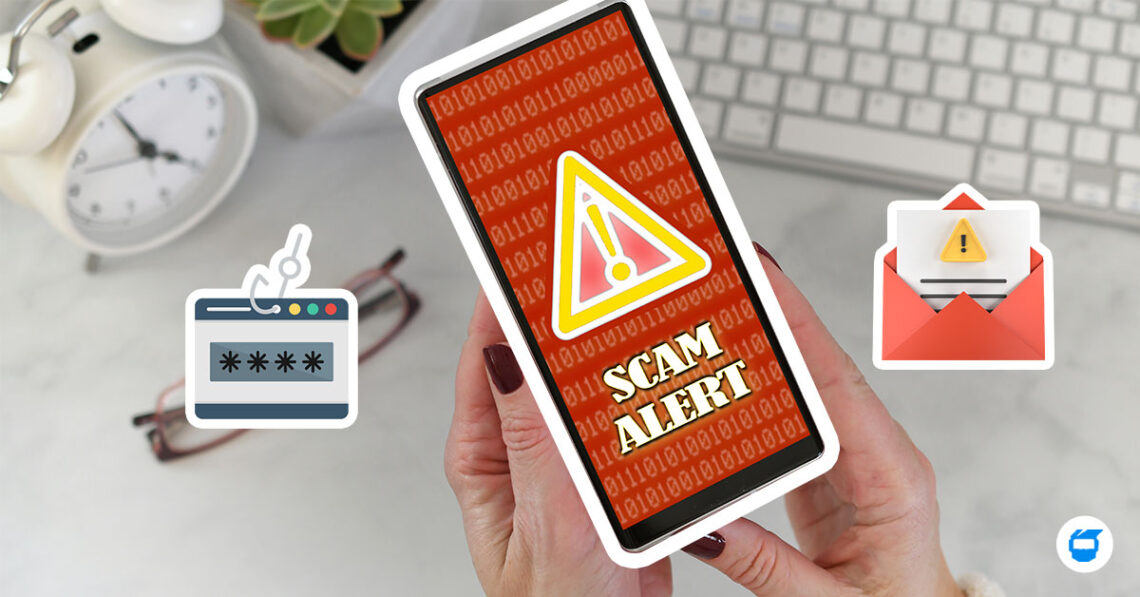With today’s technological advancements, the internet has become a crucial part of our daily lives. However, it also brings a growing number of online security threats that put both individuals and businesses at risk. These threats often disguise themselves as advertisement banners, applications, email links, and more. While the internet offers endless opportunities for communication and entertainment, it’s important to stay cautious about what we access.
If you are a website owner or simply someone who enjoys browsing online, understanding the common online security threats and how to prevent them can help keep your personal and financial information safe.
Table of Contents
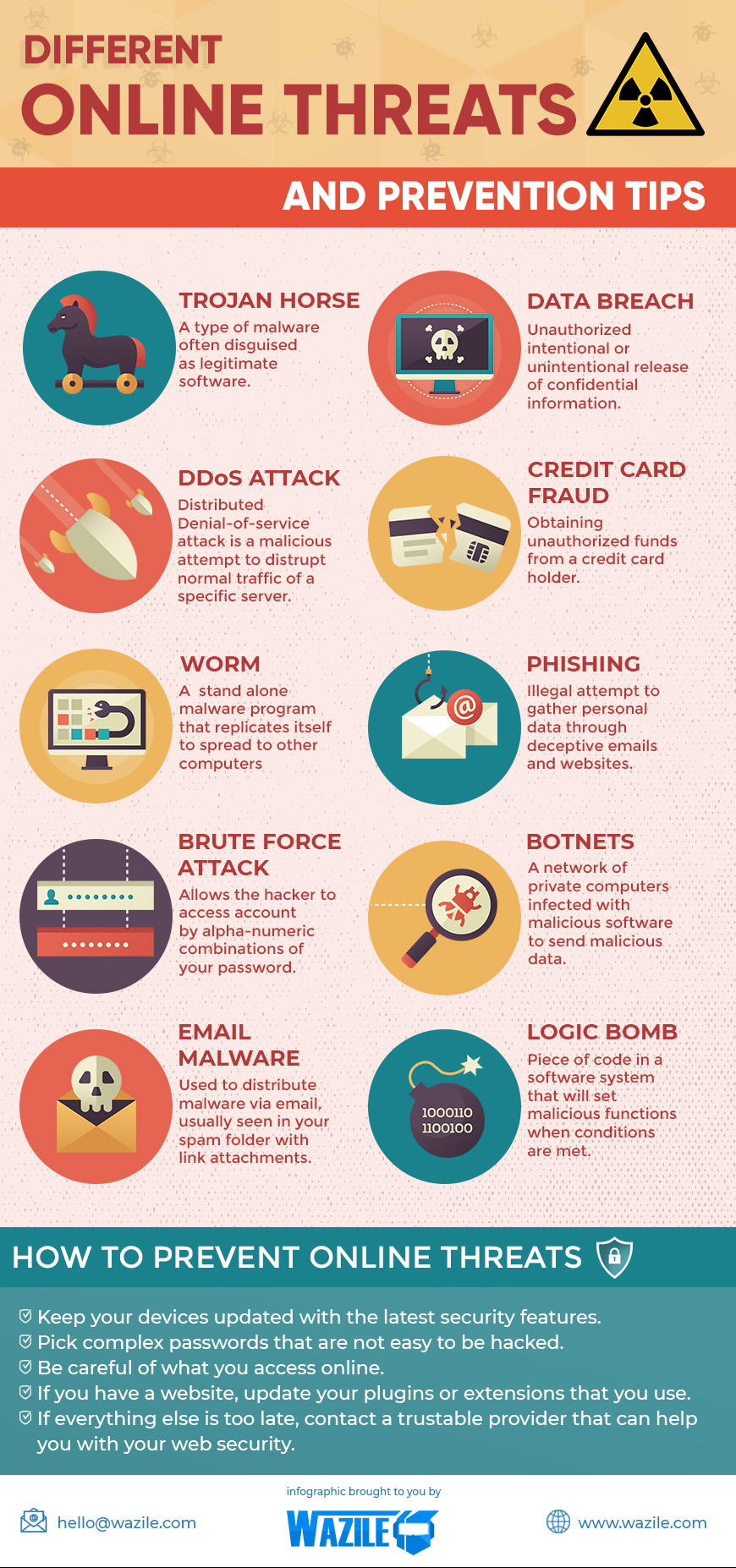
Common Online Threats
1. Trojan Horse
This is a type of malware that is often disguised as legitimate software. It can be used by cyber-thieves and hackers to gain access to a user’s system. When it is activated, it can enable cyber criminals to spy on you and steal your data. Aside from stealing, they can delete, block, modify, and copy your data.
2. DDoS Attack
A Distributed Denial-of-Service (DDoS) attack floods a website or server with excessive traffic, overloading its capacity and causing it to crash. These attacks can disrupt online businesses and services, making websites temporarily unavailable to users.
3. Computer Worm
A computer worm is a type of malware that spreads copies of itself from one computer to another. They reproduce and spread and can quickly infect a large number of devices in a very short time. One of the most known type of computer worm is the ILOVEYOU worm which originated in the Philippines and attached tens of millions of Windows personal computers around the world.
4. Brute Force Attack
This method uses trial and error to crack passwords, encryption keys, or login credentials. Cybercriminals run automated scripts that attempt millions of password combinations until they gain access.
5. Email Malware
Malicious email attachments pose one of the biggest online security threats to businesses and individuals. These attachments often appear as harmless PDFs or documents but execute harmful scripts once opened.
6. Data Breach
A data breach occurs when sensitive or confidential information is exposed to unauthorized parties. One of the largest recorded breaches happened in 2013 when Yahoo suffered a hack affecting 3 billion user accounts.
7. Credit Card Fraud
This type of cybercrime involves stealing credit card details to make unauthorized purchases. A well-known case occurred between 2005 and 2007 when hackers accessed more than 45.6 million credit card numbers from TJX Companies.
8. Phishing
Phishing scams trick individuals into providing personal information by posing as legitimate entities. These scams often appear as emails, phone calls, or fake websites designed to steal usernames, passwords, and banking details.
9. Botnets
A botnet is a network of infected computers controlled by cybercriminals to send spam, distribute malware, or launch large-scale cyberattacks. Each compromised device (or “bot”) contributes to these malicious activities without the owner’s knowledge.
10. Logic Bomb
A logic bomb is a hidden piece of code programmed to trigger an attack when specific conditions are met, such as a certain date or software launch. These attacks can lead to system crashes or data corruption.
How to Prevent Online Threats
While common online security threats are constantly evolving, there are steps you can take to protect yourself:
1. Use a Firewall
A firewall separates your computer from the internet and decides what gets in or out. Firewalls may be the most effective Internet Security defense against hackers or intruders.
2. Be Cautious When Opening Email and Attachments
Most of us get dozens of unsolicited emails. Some of them may be in our spam folder. If you get an email you don’t recognize, or the subject line looks questionable, don’t open it and delete the e-mail and any attachments along with it.
3. Choose Complex Passwords
Make it difficult for hackers to guess. A recommended password is a combination of letters, numbers and even symbols that contains a minimum of 8 characters.
4. Invest in Professional Web Security Services
If you own a website, consider hiring a reliable web security provider to monitor and protect your online platform from cyberattacks, ensuring proper website maintenance and security.
If the prevention tips aren’t enough, then it is time for you call a reliable company that offers web security services, especially if you have a website!
By staying informed about common online security threats and how to prevent them, you can reduce your chances of falling victim to cybercrime. Take proactive steps to safeguard your personal information and ensure a safer browsing experience.
If you are looking for a company that offers website security, contact us today!
SHARE our infographic by posting it on your social media platforms or PIN it to your Pinterest boards! We will gladly appreciate that!


 Shopify Website Design
Shopify Website Design  Small Business Marketing
Small Business Marketing 


